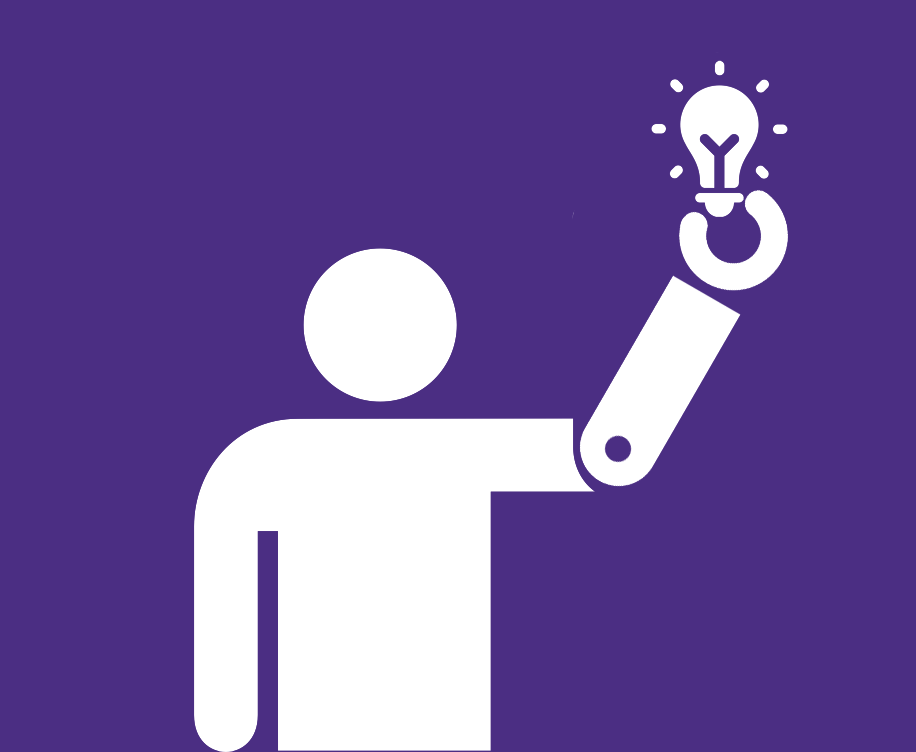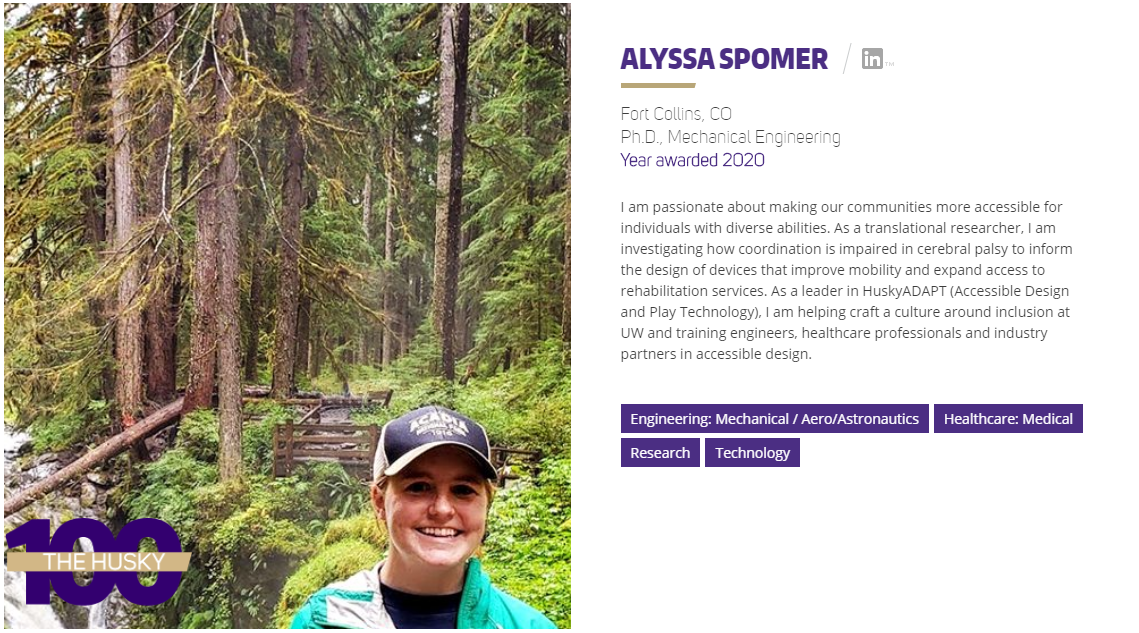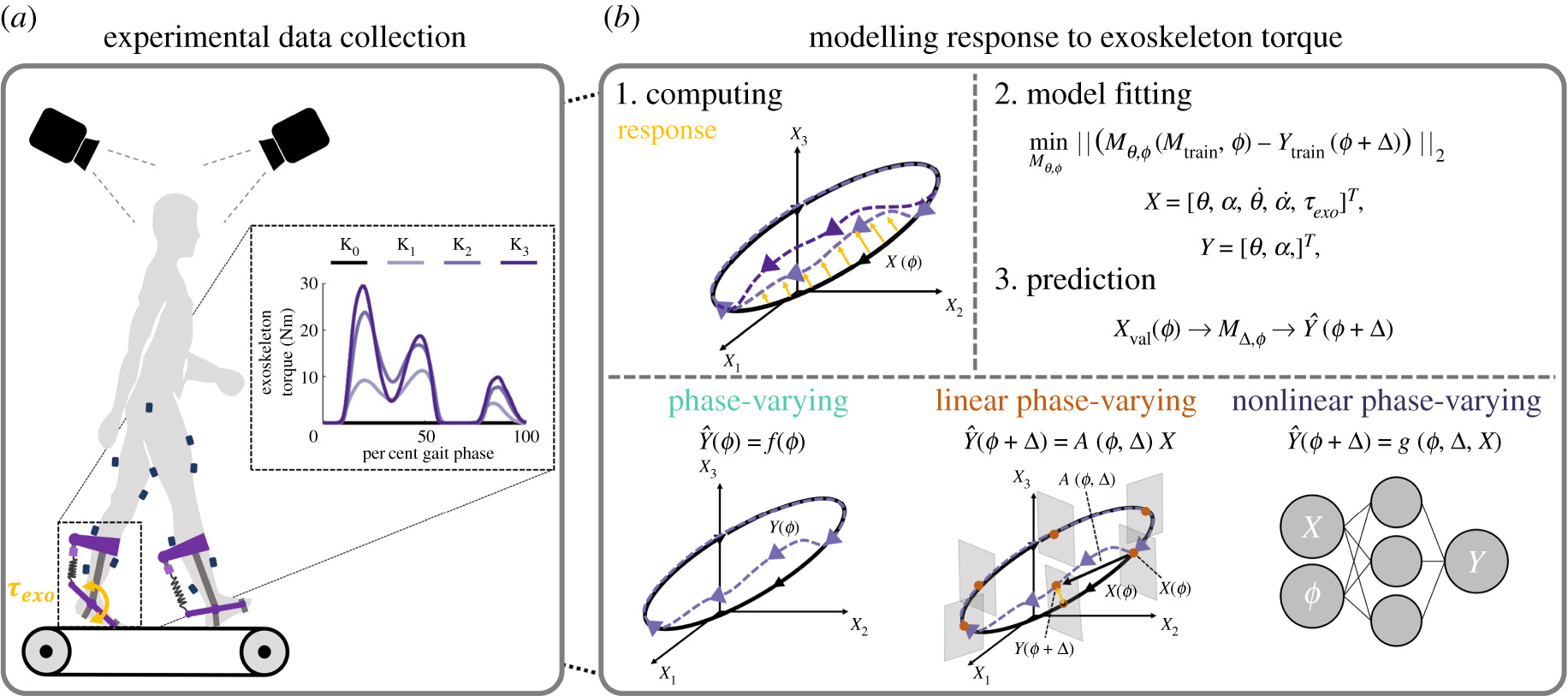 We are proud to announce that Dr. Katherine M. Steele was selected as one of the 2020 DO-IT Trailblazers for her fantastic work in access engineering. Kat has been active in DO-IT, hosting activities where students learn about makerspace accessibility, engineering principles, and universal design. She has also developed resources and published articles with DO-IT staff on topics related to makerspace accessibility and teaching about accessibility in engineering. Please help us in congratulating Kat!
We are proud to announce that Dr. Katherine M. Steele was selected as one of the 2020 DO-IT Trailblazers for her fantastic work in access engineering. Kat has been active in DO-IT, hosting activities where students learn about makerspace accessibility, engineering principles, and universal design. She has also developed resources and published articles with DO-IT staff on topics related to makerspace accessibility and teaching about accessibility in engineering. Please help us in congratulating Kat!
Author: Elijah
MC Rosenberg, BS Banjanin, SA Burden, KM Steele (2020) “Predicting walking response to ankle exoskeleton using data driven models”
Journal Article in The Royal Society:
This work highlights the potential of data-driven models grounded in dynamical systems theory to predict complex individualized responses to ankle exoskeletons., without requiring explicit knowledge of the individual’s physiology or motor control
Aim: Evaluate the ability of three classes of subject-specific phase-varying (PV) models to predict kinematic and myoelectric responses to ankle exoskeletons during walking, without requiring prior knowledge of specific user characteristics.
Method: Data from 12 unimpaired adults walking with bilateral passive ankle exoskeletons were captured. PV, linear PV (LPV), and nonlinear PV (NPV) models leveraged Floquet theory to kinematics and muscle activity in response to three exoskeleton torque conditions.
Results: The LPV model’s predictions were more accurate than the PV model when predicting less than 12.5% of a stride in the future and explained 49–70% of the variance in hip, knee and ankle kinematic responses to torque. The LPV model also predicted kinematic responses with similar accuracy to the more-complex NPV model. Myoelectric responses were challenging to predict with all models, explaining at most 10% of the variance in responses.
Interpretation: This work highlights the potential of data-driven PV models to predict complex subject-specific responses to ankle exoskeletons and inform device design and control.
Microsoft has paired with UW to CREATE!
 During Microsoft’s annual Ability Summit, they announced a new partnership with the University of Washington to establish the Center for Research and Education on Accessible Technology (CREATE) and kicked-off the collaboration with an inaugural investment of $2.5 million. CREATE is an interdisciplinary team whose mission is to make technology, and the world, more accessible.
During Microsoft’s annual Ability Summit, they announced a new partnership with the University of Washington to establish the Center for Research and Education on Accessible Technology (CREATE) and kicked-off the collaboration with an inaugural investment of $2.5 million. CREATE is an interdisciplinary team whose mission is to make technology, and the world, more accessible.
The CREATE leadership will be comprised of six campus departments and three different colleges including the Steele lab’s own Heather Feldner and Katherine M. Steele. This fantastic news was featured on The Seattle Times and Greek Wire.
Get excited and help us congratulate Heather, Kat, and all those involved and cheer them on to CREATE!
M Yamagami, KM Steele, SA Burden (2020) “Decoding Intent With Control Theory: Comparing Muscle Versus Manual Interface Performance”
Journal Article in ACM Conference on Human Factors in Computing Systems (CHI) 2020 Preceedings:
These results suggest that control theory modeling can provide a platform to successfully quantify device performance in the absence of errors arising from motor impairments
Photo (top and bottom) of a user using a slider (top) and muscles (bottom) to control a cursor on the screen.
(Top image) Side image of user. User rests their elbow and pinches the slider and moves the slider towards and away from their body to control the cursor.
(Bottom image) Side image of user. User is strapped to a rigid device holding a bar with hands supinated towards the ceiling, with the forearms at a 90 degree angle from the upper arms.
Electrodes are placed on the biceps and triceps and labelled. Arrows pointing up and down indicate that users move their arm up and down to control the cursor.
Background: Manual device interaction requires precise coordination which may be difficult for users with motor impairments. Muscle interfaces provide alternative interaction methods that may enhance performance, but have not yet been evaluated for simple (eg. mouse tracking) and complex (eg. driving) continuous tasks. Control theory enables us to probe continuous task performance by separating user input into intent and error correction to quantify how motor impairments impact device interaction
Aim: Propose and extend an experimental and analytical method to guide future development of accessible interfaces like muscle interfaces using control theory
Method: We compared the effectiveness of a manual versus a muscle interface for eleven users without and three users with motor impairments performing continuous tasks.
Results: Both user groups preferred and performed better with the muscle versus the manual interface for the complex continuous task.
Interpretation: Results suggest muscle interfaces and algorithms that can detect and augment user intent may be especially useful for future design of interfaces for continuous tasks.
Momona also gave a phenomenal talk on this paper last week in the University of Washington’s ‘DUB Shorts’ series (video posted below). Nice job Momona!
Alyssa Spomer 2020 ‘Husky 100’ Awardee
Congratulations to Alyssa Spomer for being awarded the Husky 100. This award recognizes 100 students who are making the most of their time at UW through coursework, research, volunteer and leadership efforts, internships, and jobs: they have created their own Husky Experience.
Please help us in congratulating and welcoming Alyssa into the 2020 Husky 100 class!


